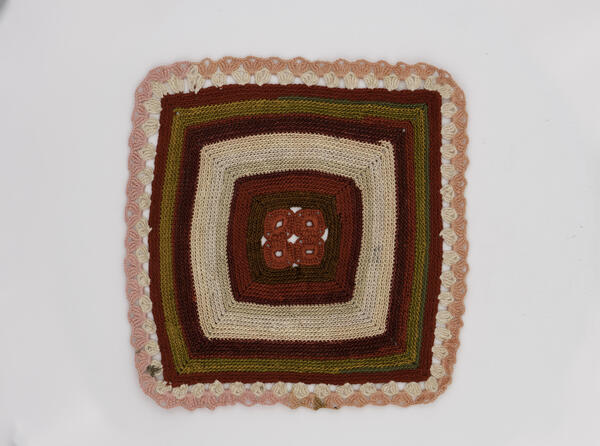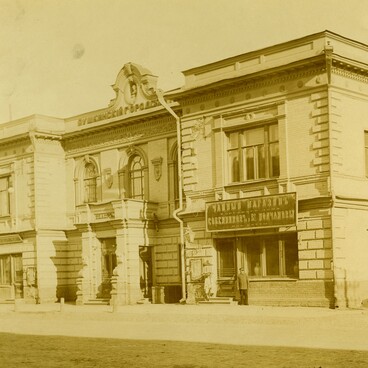Collecting a dowry for a bride had been one of the most important tasks since ancient times. Often, a girl would start to prepare for a wedding from the very childhood, collecting possessions for future family life. The richer her dowry was, the higher the status of her family was. In this way, the parents demonstrated their well-being to attract a noble and rich husband for their daughter. Also, the dowry was considered a mandatory contribution that the wife made to the family economy since her husband consequently provided for her and the children. In marriage, it also remained under the wife’s control.
Peasant families made a dowry of basic necessities. It included household items: bed linen, fabrics, lace, crockery, and other household utensils that could be of use to a young family. The more affluent social classes added jewelry, money, and other valuable things to the dowry. In the bride’s house, the dowry was kept in a large trunk, which was proudly displayed on the wedding day to show the talents and wealth of the girl. After the wedding, the trunk was sent to the husband’s house. However, it was possible to get married without a dowry. In this case, though, there was a very small chance to get a catch.
For the girl, the dowry was often associated with the opportunity to increase her social status in society. The reason being that a bride with a rich dowry could marry a man of an impoverished, but noble family, for which it was important to combine the title and possessions. Noble families often supplemented the dowry of their daughters with land documents, money, and peasant serfs.
The napkin from the museum collection belonged to Agnia Yudina, the daughter of the Krasnoyarsk merchant-bibliophile Gennady Yudin. The museum has several things made by the girl, which testify to her brilliant unique talent. However, the fate of Agnia was tragic. She never married, and after the revolution and the civil war, she lost part of her property and privileges, like the rest of her family. In 1932, together with her brother Leonid, she was arrested during the so-called golden campaign — a series of fabricated arrests that affected gold miners and entrepreneurs of the region, and in 1933 she died of typhus.
Peasant families made a dowry of basic necessities. It included household items: bed linen, fabrics, lace, crockery, and other household utensils that could be of use to a young family. The more affluent social classes added jewelry, money, and other valuable things to the dowry. In the bride’s house, the dowry was kept in a large trunk, which was proudly displayed on the wedding day to show the talents and wealth of the girl. After the wedding, the trunk was sent to the husband’s house. However, it was possible to get married without a dowry. In this case, though, there was a very small chance to get a catch.
For the girl, the dowry was often associated with the opportunity to increase her social status in society. The reason being that a bride with a rich dowry could marry a man of an impoverished, but noble family, for which it was important to combine the title and possessions. Noble families often supplemented the dowry of their daughters with land documents, money, and peasant serfs.
The napkin from the museum collection belonged to Agnia Yudina, the daughter of the Krasnoyarsk merchant-bibliophile Gennady Yudin. The museum has several things made by the girl, which testify to her brilliant unique talent. However, the fate of Agnia was tragic. She never married, and after the revolution and the civil war, she lost part of her property and privileges, like the rest of her family. In 1932, together with her brother Leonid, she was arrested during the so-called golden campaign — a series of fabricated arrests that affected gold miners and entrepreneurs of the region, and in 1933 she died of typhus.



